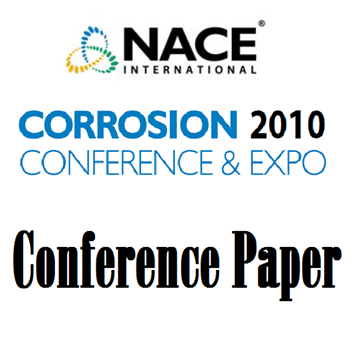Search
10336 A New Corrosion-Resistant NI-MO-CR Alloy for the Most Versatile Environments
Also Purchased
08190 Corrosion Characteristics of a Uniquely Versatile Nickel Alloy
Product Number:
51300-08190-SG
ISBN:
08190 2008 CP
Publication Date:
2008
$20.00
10337 An Advanced Super-Austenitic Stainless Steel Offers Economical and Technical AdvantagesOver Nickel-Base Corrosion-Resistant Alloys in the Process Industries
Product Number:
51300-10337-SG
ISBN:
10337 2010 CP
Publication Date:
2010
$20.00
04430 Effect of Ferric Ions on the Corrosion Performance of Nickel Alloys in Hydrochloric Acid Solutions
Product Number:
51300-04430-SG
ISBN:
04430 2004 CP
$20.00




